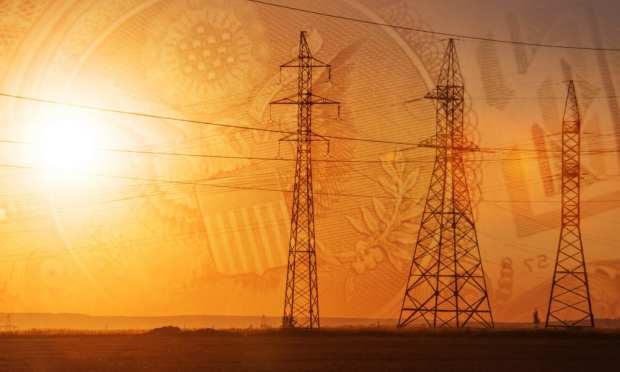US Power Grid Eyed As Latest Front In Cyberspace War

In an age of what might be termed escalating geo-tensions, cyber is emerging as a new front of (possible) conflict.
To that end, President Donald Trump signed an executive order last week that declared a national emergency, tied to threats that may be lobbed at the U.S. power grid.
Specifically, the executive order, which came on May 1, bans the use of equipment that was manufactured by companies under the control of foreign adversaries.
As Trump wrote in the order: “The bulk-power system is a target of those seeking to commit malicious acts against the United States and its people, including malicious cyber activities, because a successful attack on our bulk-power system would present significant risks to our economy, human health and safety, and would render the United States less capable of acting in defense of itself and its allies.”
As part of the order, a task force is directed to be established to help protect the power grid. Members of the task force will include secretaries of national intelligence as well as commerce, defense and security. The order also states that “pre-qualified” vendors must be identified by the secretary of energy.
It’s important to note that the order does not identify, or intimate, just which countries or entities might be defined as “foreign adversaries.” But in recent months, there has been at least some prelude to who (or what) may be under scrutiny.
Consider the fact that, for example, the current administration has had a trade war in place with China, and the saber-rattling has begun again in the wake of the coronavirus. In recent months, various administration officials have pointed to Huawei as a security risk, as the Chinese firm’s equipment has been used here by various telecom providers. The U.S. has a ban in place against the sale of some technologies, such as chips, to Huawei. As the South China Morning Post reports, Huawei and its units cannot do business with U.S. firms without government approval.
In an interview with Karen Webster late last month, Paul Scanlan, chief technology officer of Huawei, and with a nod to the U.S. Entity List (effectively a blacklist), “governments claim that Huawei software is this and that,” and China has been derided as having an authoritarian government.
But Scanlan told PYMNTS that 5G, even with the tailwinds of government support, can promote efficiency and competition and have a positive impact on the development of new consumer and enterprise products.
Speaking specifically to data collection and analysis, he told Webster that the technology deployed “must be secure, and privacy must be considered, but you also have to have data collected and stored and processed by an AI algorithm of some form – inexpensively and quickly. Then you can start making a difference. That’s something that China has realized and been investing in for the last several years – and investing billions into AI.”
It may be the case that Trump’s executive order may open up a new front in curtailing Huawei’s reach. Huawei, after all, says on its site that its “IT infrastructure provides efficient, secure management of electrical utilities from generation to distribution.”
Beyond that, the executive order also nods to the fact that the sudden shift toward doing, well, everything at home presents new stresses and issues for grid operators. As noted in E&E News, the North American Electric Reliability Corp. has stated that “the pandemic introduces a significant degree of uncertainty that is without precedent,” NERC said. “Such uncertainty permeates an environment that is highly challenging even for the most prepared of industries.”
Although the report states that there are no “specific threat[s] or degradation to the reliable operation” of the grid, the Department of Homeland Security has said cyberattacks might be “pandemic-themed.” Matt Duncan, senior manager of resilience and policy coordination at NERC’s Electricity Information Sharing and Analysis Center, told E&E News that there have been ransomware attacks on tech firms such as Cognizant (which works with the energy industry) and said that “as we have known from experience, a lot of the major [cyberthreats] will use other power grids around the world to deploy those types of tactics and techniques to North American systems.”
Earlier this year, four members of the Chinese People’s Liberation Army (PLA) were indicted (across nine counts) by the United States in connection with the Equifax hack, where data connected to 145 million Americans was stolen.
Back in 2017, retired Admiral Jim Stavridis told PYMNTS that cyberattacks are “military, geopolitical, national [and] financial.” The latest executive order by Trump hints at another front in the age of digital warfare that bears watching.
